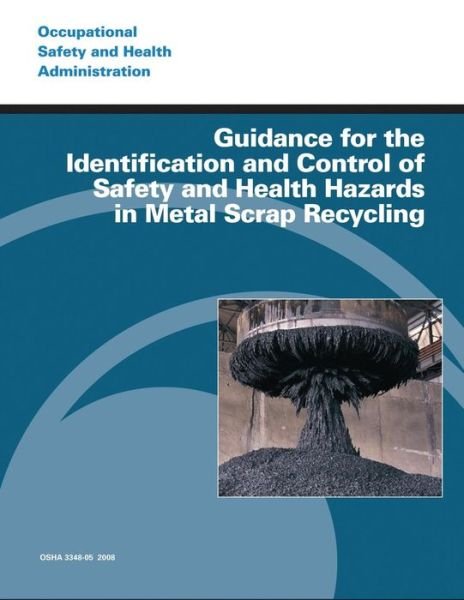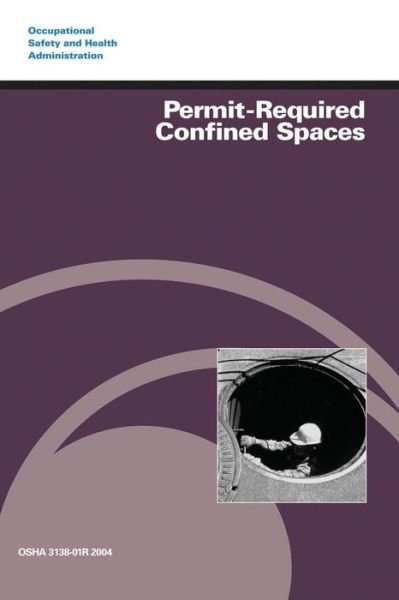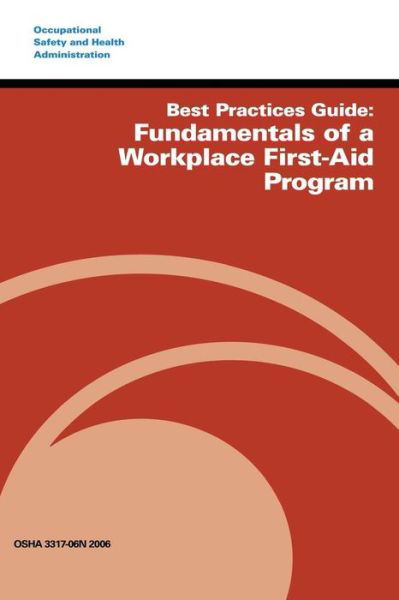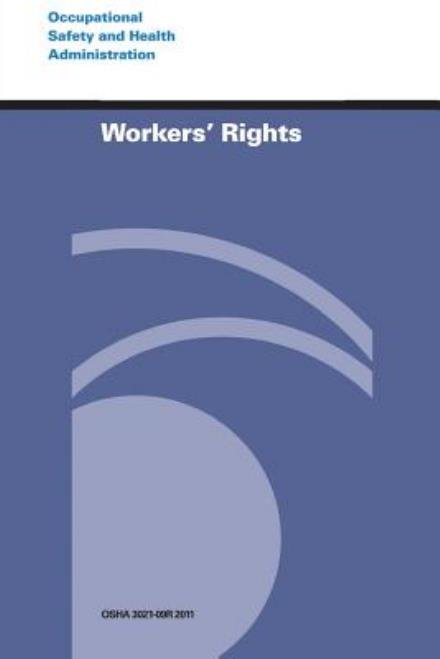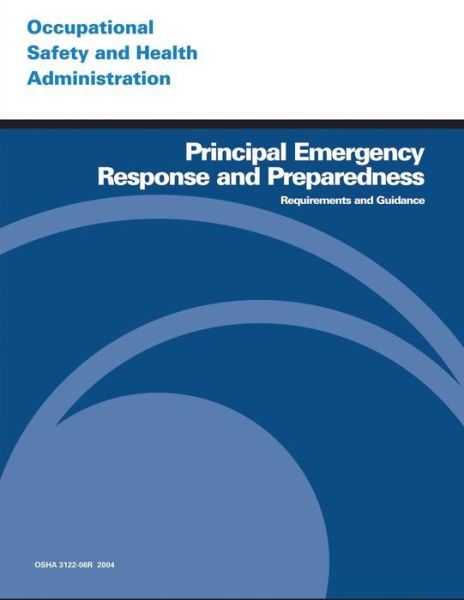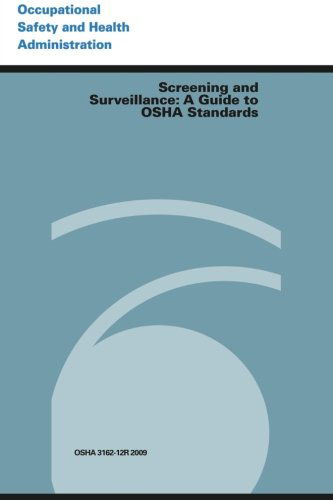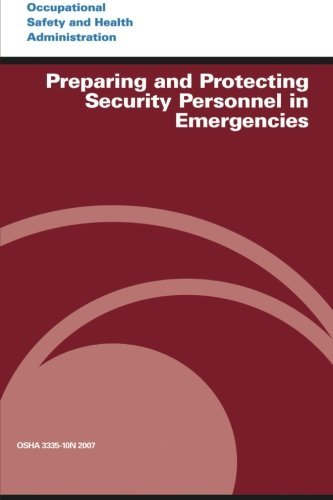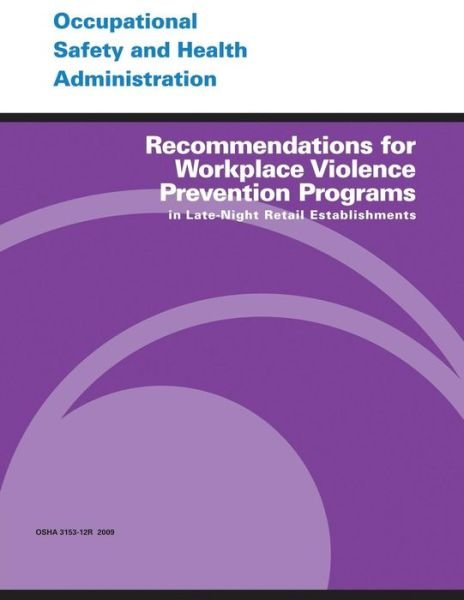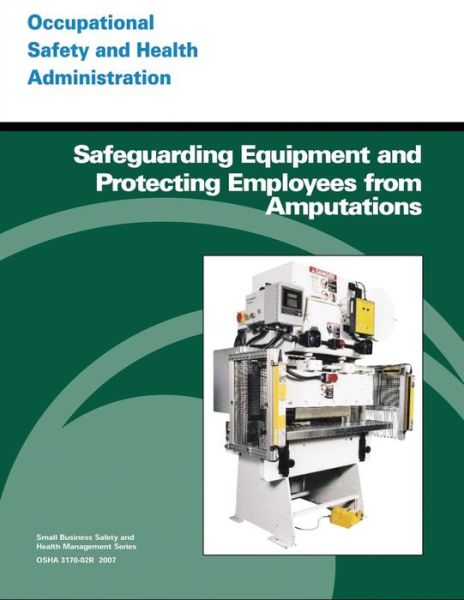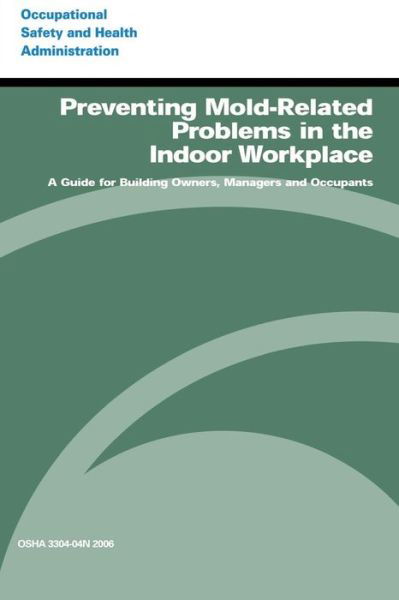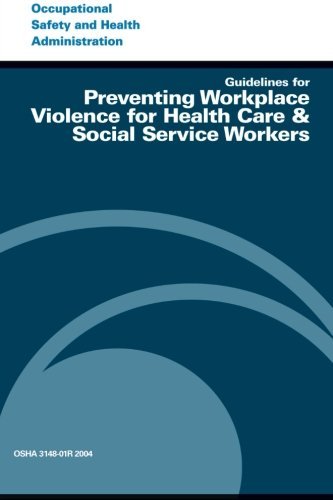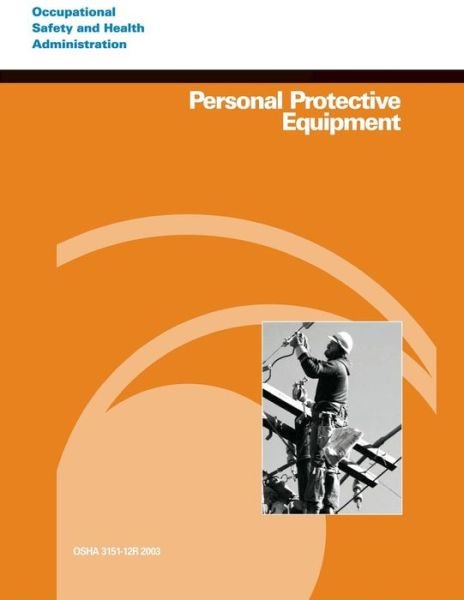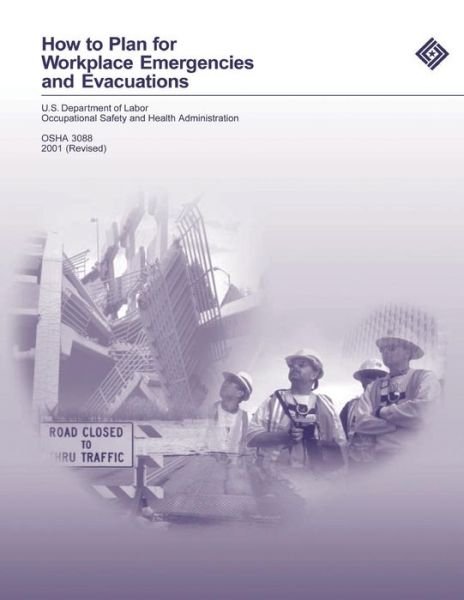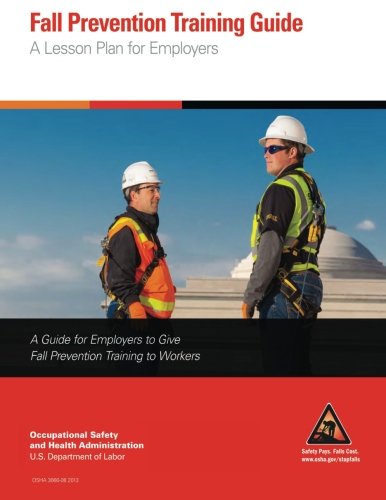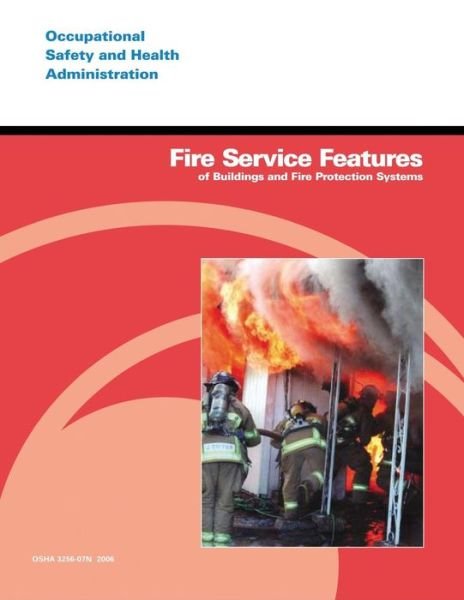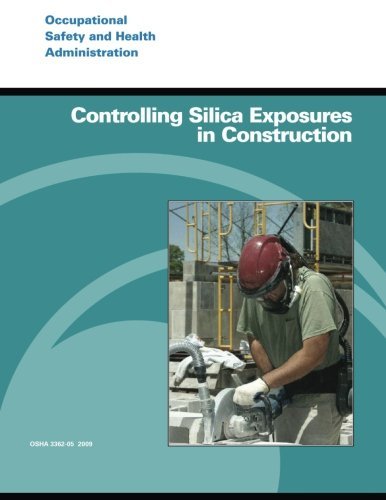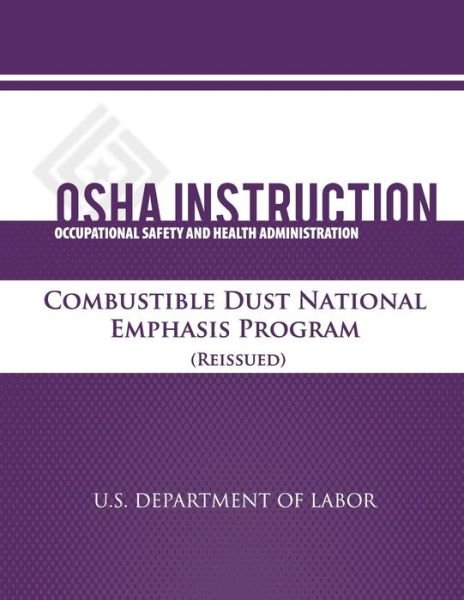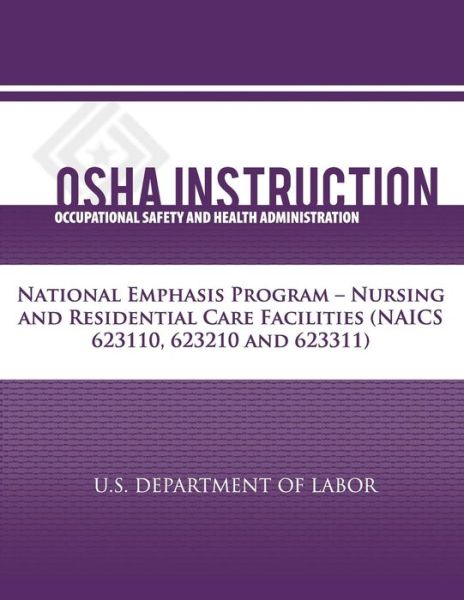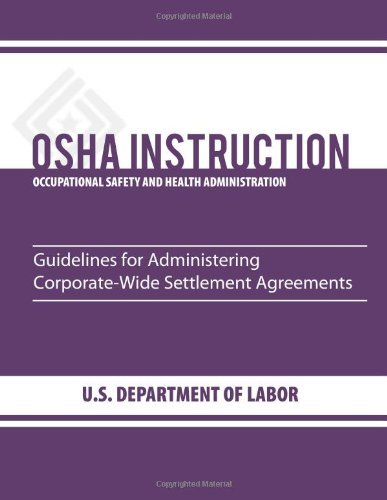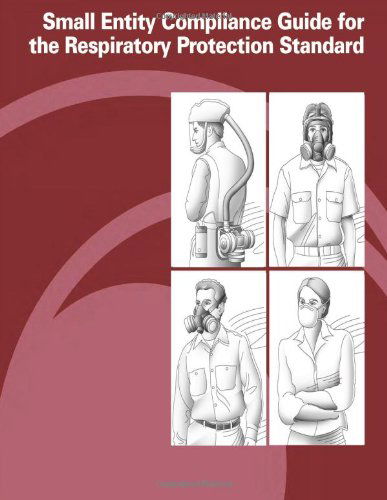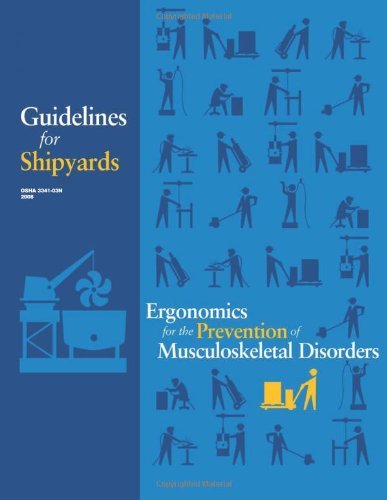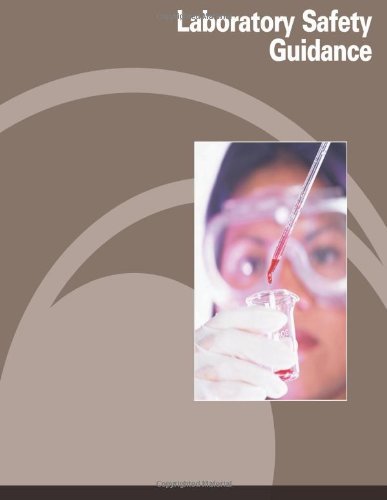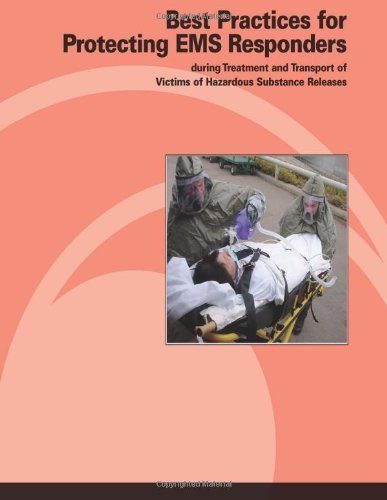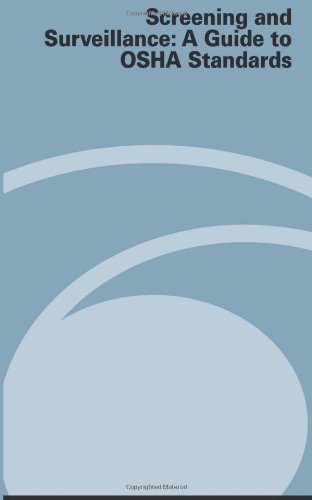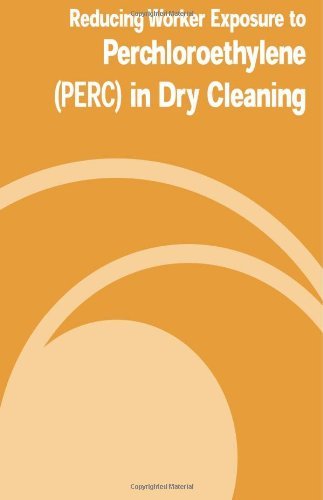
Tell your friends about this item:
Cadmium
Occupational Safety and Health Administration
Cadmium
Occupational Safety and Health Administration
OSHA 3136-06R, Cadmium, addresses how workers in many industries face potential exposure to cadmium. Cadmium, a naturally occurring element found in the earth?s crust, was discovered in 1817, but was not used commercially until the end of the 19th century. This soft, silver-white metal was first used in paint pigments and as a substitute for tin in World War I. Today, about three-fourths of cadmium is used as an electrode component in alkaline batteries, with the remainder used I pigments, coatings, and platings and as a stabilizer for plastics. The potential for exposure is highest among workers in electroplating, metal machining, plastics, ceramics, paint, and welding operations. The main exposure routes are through inhalation of dust and fumes and the incidental ingestion of dust from contaminated hands, food, or cigarettes. Workers may also be exposed to cadmium from the smelting and refining of metals or from air in industrial plants that manufacture batteries, coatings or plastics. The Agency for Toxic Substances and Disease Registry estimated that more than 500,000 workers in the United States face exposure to cadmium each year. The primary and most serious adverse health effects of long-term exposure to cadmium include kidney dysfunction, lung cancer, and prostate cancer. Cadmium may cause local skin or eye irritation and can affect long-term health if inhaled or ingested. Workers face a greater danger of cadmium exposure from inhalation than from ingestion. Exposure to cadmium that may be dangerous to life or health may occur in jobs in which workers are exposed to cadmium dust or fumes, where they heat compounds or surfaces that contain cadmium, or where workers weld or cut with materials or solders that contain cadmium. OSHA moved to protect workers exposed to cadmium more than 30 years ago when it adopted the American National Standards Institute?s (ANSI) threshold limit values (TLVs) for cadmium as a national consensus standard under the authority of the Occupational Safety and Health Act of 1970, Section 6(a) in 1971. In 1992, OSHA reduced the exposure limits after a quantitative risk assessment and a long-term evaluation of epidemiological studies of lung cancer and renal dysfunction among workers and animal studies. The revised exposure limits were published in the Federal Register (Title 29 CFT, Part 1910. 1027) and took effect on December 14, 1992. The full OSHA standard relating to cadmium (applicable to general industry, agriculture, and maritime) is found at 29 CFR 1910. 1027. This booklet should not be used as a substitute for the full regulatory requirements of the cadmium standard. The construction industry has a separate cadmium standard, found in 29 CFR 1926. 1127.
| Media | Books Paperback Book (Book with soft cover and glued back) |
| Released | June 22, 2012 |
| ISBN13 | 9781478114345 |
| Publishers | CreateSpace Independent Publishing Platf |
| Pages | 28 |
| Dimensions | 127 × 203 × 2 mm · 36 g |
| Language | English |


